Reflecting on Teaching in the Age of AI — in Just 6 Minutes!
A few years ago, I was sitting across from a student struggling with a math problem. We tried the similar questions three times. Each time, she sighed and said, “I don’t get it.”Today, an AI could probably solve that same question instantly.
But the truth is, teaching isn’t about solving problems — it’s about understanding why someone is struggling and helping them rediscover confidence in themselves.
That’s something no AI has learned to do. Yet.
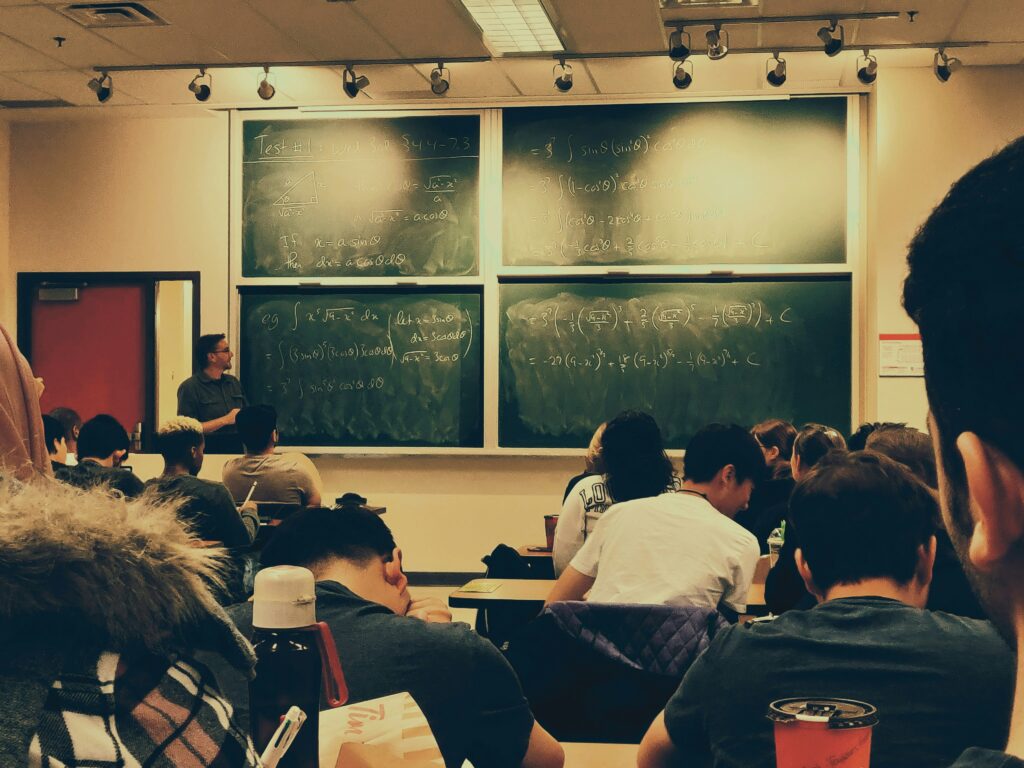
- Introduction: What can we still do as human being instead of AI ?
- What I’ve Learned from Tutoring and Teaching.
- Can AI Replace These Things?
- How AI Might Transform the Classroom.
- What Kind of Teacher Will We Need?
- Exploring solutions in an era we’ve never experienced before.
1. Introduction: What can we still do as human being instead of AI ?
With the rapid rise of AI, the way we teach and learn is beginning to change dramatically.
But I often wonder: what does it really mean to “learn” or to “teach” in an age where machines can explain almost anything?
Over the years, I’ve taught 18 students as a private tutor, handling all contracts and communication on my own.
Most of my lessons were in mathematics, but I also taught chemistry, biology, physics, Japanese, English, and history — often re-learning the material myself to adapt to each student’s needs.
My students came from a wide range of backgrounds: Japanese public and private schools, French local and international (IB) schools, and even British boarding schools.
Their ages ranged from upper elementary to final-year high school.
In addition to private tutoring, I have also taught university students as a TP (Teaching Practice) instructor, which gave me a different perspective on learning at higher levels.
In this post, I’d like to share what I paid attention to when teaching, what actually worked, and reflect on what parts of teaching can or cannot be replaced by AI.
This is entirely based on my personal experience.
In the next post, I plan to explore scientifically proven teaching methods using research in educational psychology and learning science.
2. What I’ve Learned from Tutoring and Teaching
Here, I would like to share my policies and points which I pay attention when I teach students.
1. Finding where students truly get stuck
The first step is to identify where and why a student is struggling.
Often, they don’t know it themselves — so I observe how they solve problems and help uncover the real cause together.
2. Understanding each student’s thinking pattern
Some students like to jump right in and try, while others hesitate until they are sure. Recognizing this pattern helps me adjust how I interact with students.
3. Ensuring they truly understand the question
Before solving, I ask students to restate the question in their own words.
By making student answer by themselves, students can recognize what they have to answer. It’s more powerful than just reading or given the problem by teachers.
4. Listening deeply
Whether it’s math reasoning or essay writing, I listen carefully.
When students talk through their thought process, their thinking becomes clearer — and they often surprise themselves with what they realize.
5. Asking questions rather than giving answers
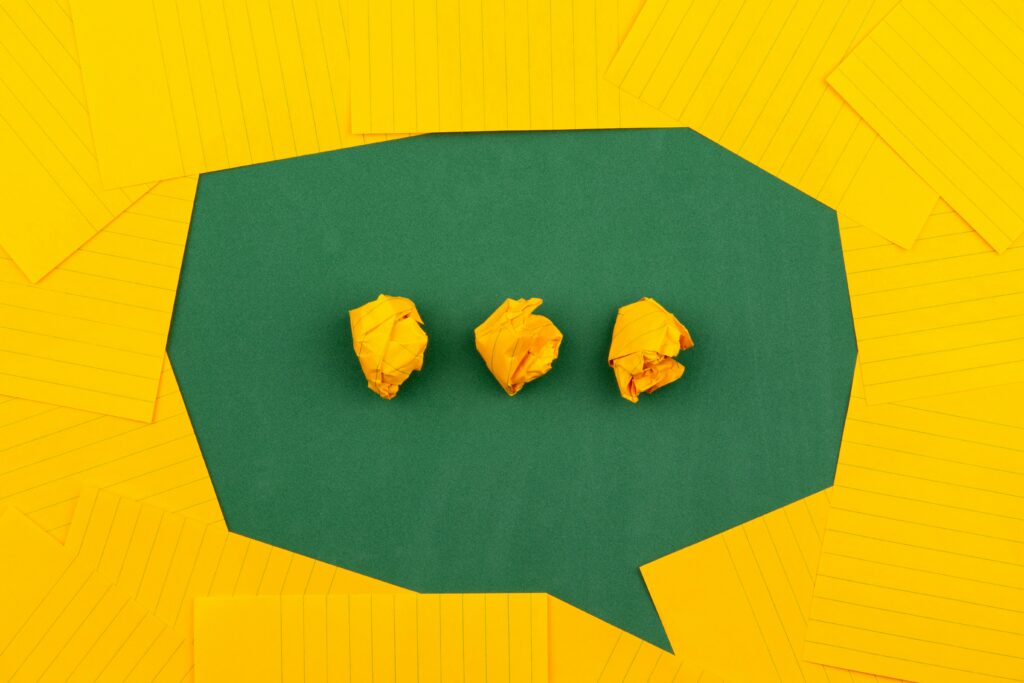
Questions guide discovery.
When a student feels, “I figured it out myself,” it builds genuine confidence.
6. Letting students make their own decisions
People takes responsibility for choices they make themselves.
Giving students control reduces resistance and helps them take ownership of their learning.
7. Making review a natural habit
Human memory fades fast. Forgetting is normal — teachers must remember that.
That’s why I always review key points at the end of each lesson, and again at the beginning of the next one.
8. Adding history and stories behind the formulas
Even in math or physics, learning how discoveries were made brings warmth and humanity to abstract symbols.
Students see that science is a story of people and ideas, not just numbers.
9. Using case studies to develop thinking skills
I like to let students rebuild questions, form hypotheses, test them, and analyze what went wrong.
It’s challenging, but for advanced learners it’s a powerful way to connect knowledge to the real world.
10. Learning together
Teachers don’t need to know everything. Sometimes students know more than we do!
What matters is creating an atmosphere where it’s safe to question and explore ideas together — without fear of being wrong.
11. Celebrating mistakes
Mistakes mean you tried.
I often tell my students, “It’s great that you got it wrong — now we can learn something new!”
This approach removes the fear of failure and turns learning into something positive and empowering.
3. Can AI Replace These Things?
AI can already solve problems, explain concepts, summarize texts, and translate almost anything.
For self-motivated learners, it can be a tremendous accelerator — enabling faster and more efficient learning.
But it also raises a deeper question: what is learning, and what is intelligence?
When I was a student, I was taught that intelligence means using what you know and what you’ve experienced to deal with something you’ve never seen before.
That definition still feels true today.
Learning, then, is not just about acquiring knowledge — it’s about developing the ability to face the unknown.
In that sense, the purpose of education remains: to prepare us for uncertainty.
AI can assist, but the human side of learning — curiosity, creativity, empathy — cannot be automated.
4. How AI Might Transform the Classroom
Teachers are incredibly busy, often burdened with administrative and repetitive work.
Here, AI could genuinely help — by taking over routine tasks so that teachers can focus on what only humans can do: listening, motivating, and guiding critical thinking.
The future classroom might not have a single “teacher in front of everyone” model anymore.
Instead, teachers could become co-learners and facilitators, walking beside their students rather than standing above them.
5. What Kind of Teacher Will We Need?
In the age of AI, the teacher’s role may shift from transmitting knowledge to designing learning experiences.
AI can provide the content — but only teachers can provide context.
Only humans can ask, “Why does this matter to you?” and help students find meaning in what they learn.
Education is no longer about delivering answers.
It’s about cultivating the ability to ask good questions and explore them together.
That’s something no algorithm can replace.
6. Exploring solutions in an era we’ve never experienced before.
No one knows exactly what the future will look like.
Careers, skills, and even school systems may change faster than we can predict.
But in that uncertainty lies our greatest opportunity — to rethink what it means to educate and to learn.
The role of the teacher, I believe, is evolving from “the one who knows” to “the one who learns together.”
By experimenting, reflecting, and adapting alongside students, we can create classrooms where both humans and AI contribute — each in their own way — to the growth of understanding.
In this blog, I hope to continue exploring how education and AI can coexist, drawing both from personal experience and from research in learning science.
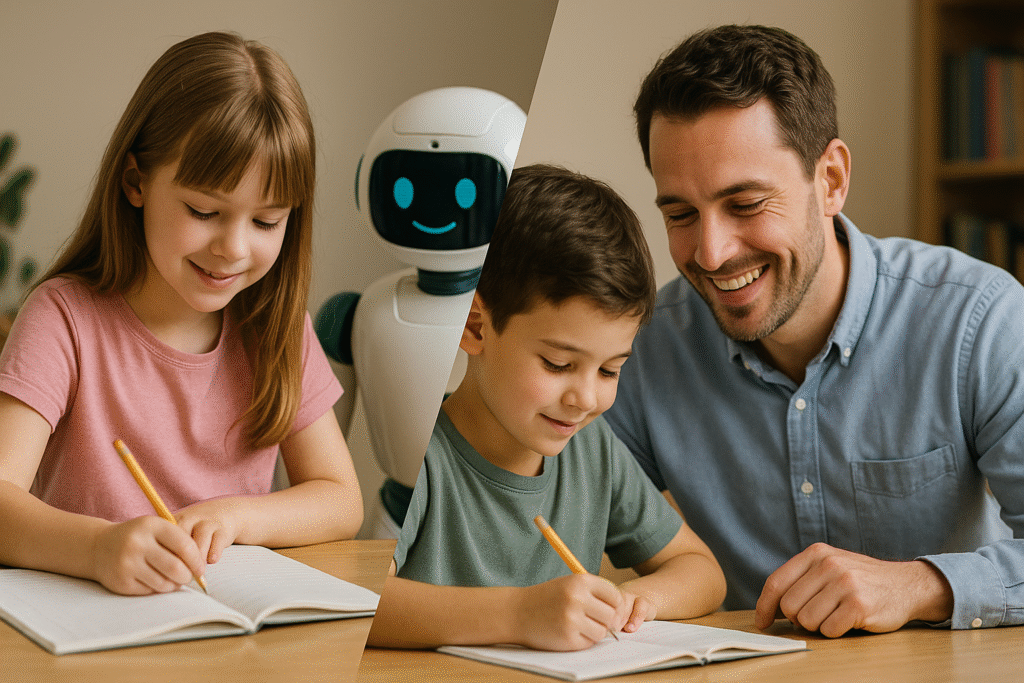
🪄 Next post preview:
In the next article, I’ll look at scientifically grounded teaching methods — how evidence from cognitive science and educational psychology can guide more effective learning in the AI era.
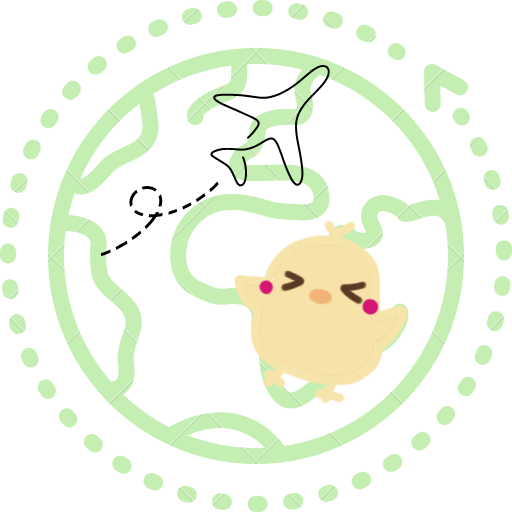
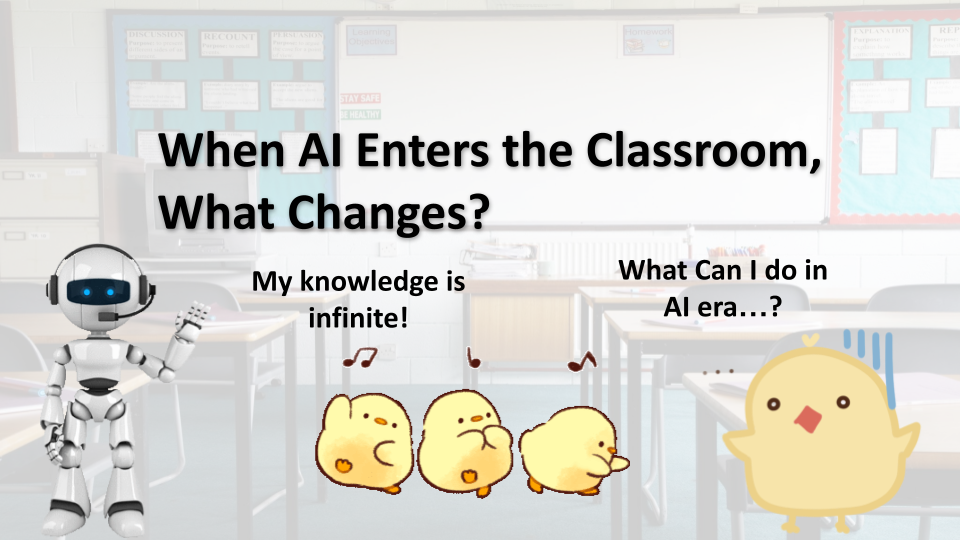
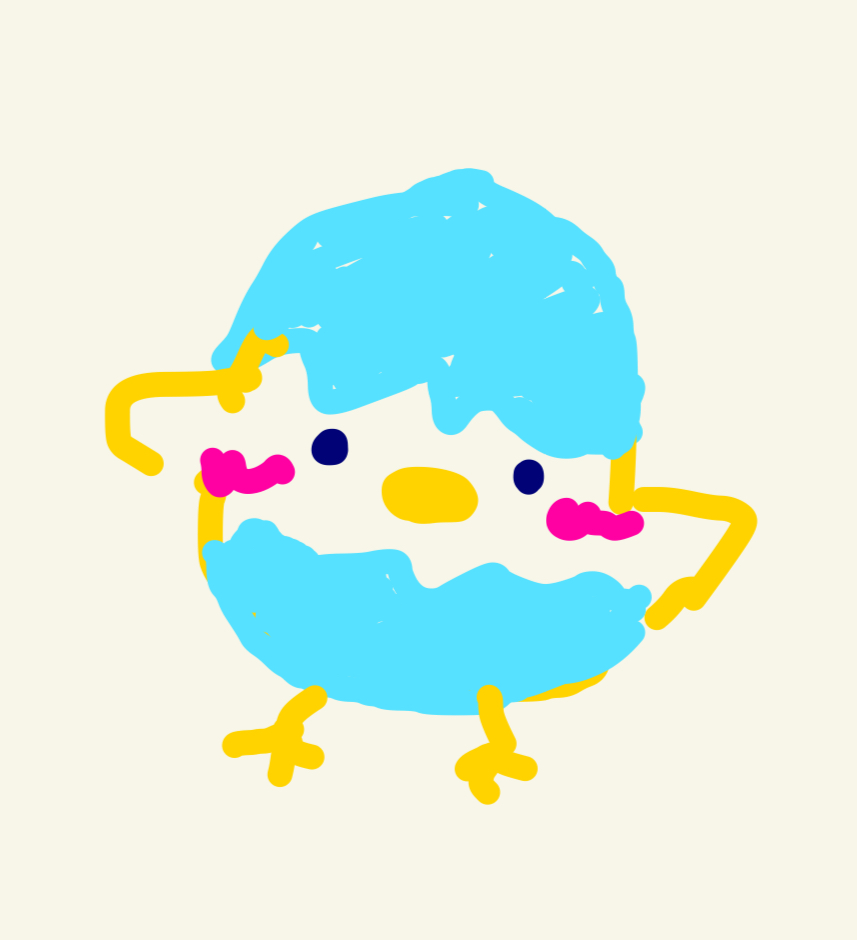
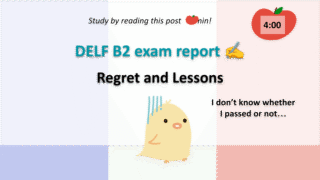


Leave a Reply